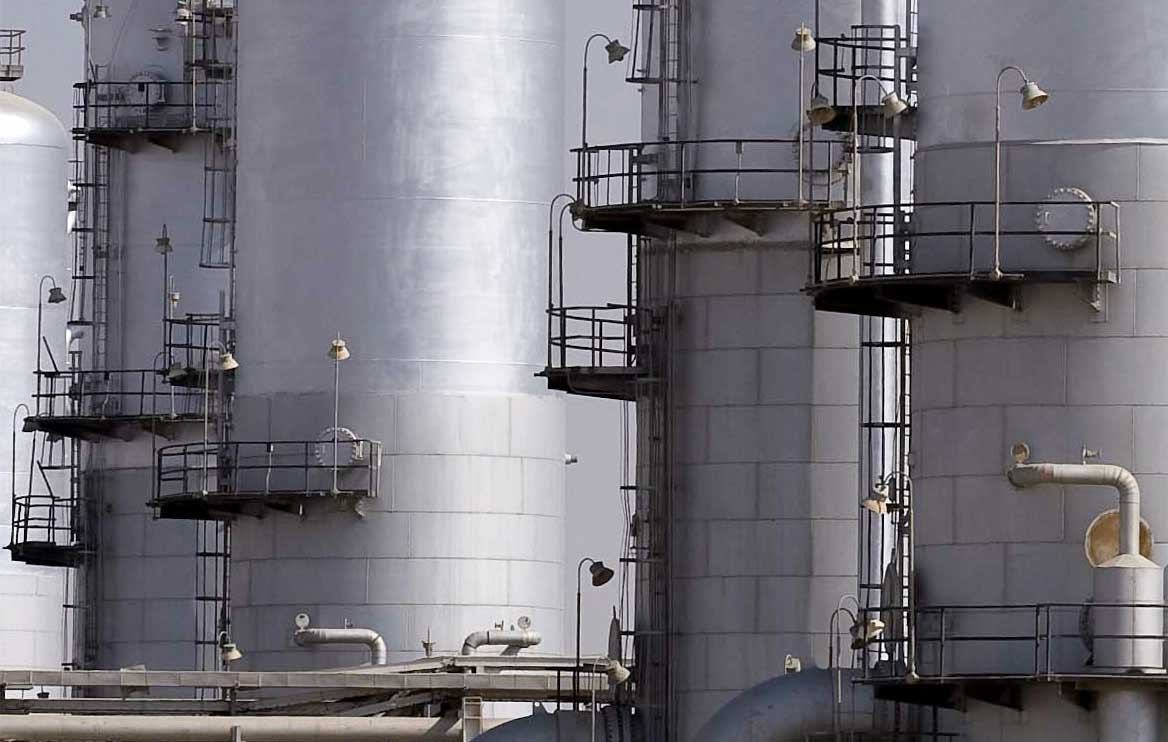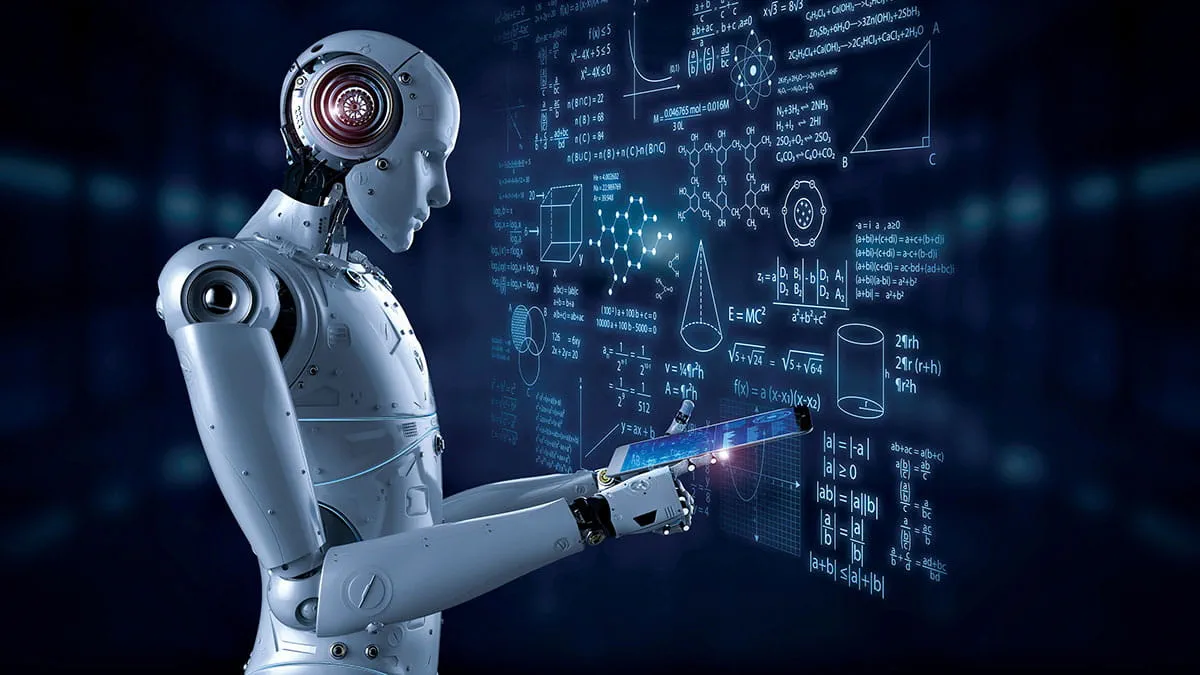
AI and Big Data
Artificial Intelligence (AI) — the rapidly-evolving ability of computers, robots and other machines to make decisions, assist with planning, improve communication, and aid creativity — is already changing the world.
Machine learning, for example, is a type of AI in which the program analyzes and identifies patterns in the data and optimizes performance without being directed to do so. As a result, the machine learns and improves automatically.
The rise of Big Data
The benefits of AI have expanded rapidly in recent years thanks to Big Data, which is the creation and capture of vast datasets that contain huge volumes of varied data produced at high speed. By processing and analyzing these datasets, AI algorithms are now aiding us in solving complex problems. And when utilized together, AI and Big Data have an almost limitless range of potential applications. In manufacturing, AI can be used to optimize product design, inventory planning, and logistics. Online, it runs everything from virtual assistants and advertising, to language translation software and cybersecurity. On the roads, AI algorithms operate Sat-Nav systems and control traffic flows to minimize traffic jams. Across these and many other facets of modern life, AI is already being used to cut costs, reduce wasted time, and maximize operational efficiencies.
Our Digital Transformation
At Aramco, we harness the power of AI, Big Data and the Industrial Internet of Things (IIoT), which is any system of interrelated computing devices that are connected digitally to enhance industrial processes, to optimize many aspects of our operations, from reservoir management to power consumption, and to achieve a variety of goals, from improving workers’ safety to reducing CO2 emissions.
AI is a key tool in the company’s Digital Transformation program, and we continue to design, develop and deploy innovative smart tools, and other digital solutions, in order to analyze and improve our decision-making processes, and to boost business performance. By taking full advantage of the benefits of AI and Big Data, we aim to stay at the forefront of supplying the world’s growing demand for reliable, affordable, low-carbon energy.
How we use AI and Big Data
AI and Big Data solutions can optimize a wide variety of operations within the energy sector to deliver improved efficiency, reliability, and sustainability. At Aramco, we have set ourselves the goal of becoming the leading digitalized energy company and the rapidly-developing world of industrial AI is key to achieving this goal. Here are five examples of how we are capitalizing on the power of these advanced digital technologies in practice:
Flare monitoring
Flaring is the release and combustion of hydrocarbon gases caused by the build-up of pressure in pipelines and processing facilities. By enabling them to visualize the entire gas processing system at once, Big Data is used by our engineers to quickly identify sources of flaring and then generate potential solutions. We have 18,000 data sources that supply information, allowing us to monitor and forecast flaring. By comparing this real-time data to models built using various Big Data processing techniques, our in-house-developed AI systems can predict when a facility is going to exceed its flaring targets so that remedial action can be taken in advance. The use of Big Data and AI has contributed to the Company achieving a greater than 50 percent reduction in our flaring since 2010, assisting us in maintaining an industry-leading flare volume of below 1 percent of total raw gas production for the past decade.

Reservoir modeling
Reservoir simulation uses state-of-the-art digital visualization tools to model our reservoirs, and their management challenges, and thereby guide our decision-making to achieve optimal development plans. For example, TeraPOWERS, which is Aramco’s reservoir and basin simulator, utilizes Big Data to simulate the entire hydrocarbon system of the Arabian Peninsula, using models that are continually updated with new drilling and production data. Sophisticated algorithms then analyze this data to maximize our access to these hydrocarbon resources.
Camera-Based Well Space Out system
This innovative project utilizes a platform connected to the Industrial Internet of Things (IIoT) to automatically space out the drillstring assembly, which is an important component used to make the drill bit turn at the bottom of a wellbore. The platform consists of smart and waterproof high-resolution wireless cameras, and other sensors, that use AI and machine learning to process and analyze the video and imagery captured. These technologies automate and optimize the placement of the drillstring assembly — a critical step in the process of drilling new hydrocarbon wells, as correct placement allows for easy and fast shutdown in the event of a well control issue caused by unexpected changes in pressure. The system is currently being field-tested on a live well and is expected to be available as a full commercial system later in 2022.

Khurais oil field
At Khurais, one of our largest oil fields, we have deployed 40,000 sensors to monitor more than 500 oil wells — creating the world’s first Advanced Process Control (APC) for a conventional oil field. Harnessing the latest advances in Big Data analytics, machine learning, smart sensors, and robotics, has delivered a number of significant benefits at Khurais. These include the development of an in-house AI solution for optimizing fuel gas consumption in boilers; using robotics to make maintenance operations safer, cheaper and more efficient; and deploying a pipeline management system to detect possible leaks using fiber optics as a sensor. These digital solutions have helped to achieve a 15 percent increase in oil production and a 100 percent improvement in troubleshooting response times.

Abqaiq plant
Abqaiq, which has been in operation for more than 70 years, is Aramco’s biggest oil processing facility and the largest crude stabilization plant in the world. The digital transformation of Abqaiq has led to significant operational improvements in three key areas. First, the use of robots and smart drones to perform nearly a third of routine operations has reduced the reliance on manual field checks. Second, the introduction of machine learning and AI algorithms has enabled the automatic adjustment of the oil stabilization process, leading to increased power generation performance and a reduction in CO2 emissions. Third, the expanded use of data, analytics, and predictive modeling, has helped our engineers to anticipate potential system failures more effectively.
Our Big Data infrastructure
Aramco’s global scale and use of innovative digital technologies helps us to hone our decision-making and add value to our customers. To maximize the effectiveness of the way we use AI and Big Data, we have established a network of digital development and innovation centers. These include:
4IR Center
4IR Center — is a world-class testing facility designed to accelerate the deployment of Fourth Industrial Revolution (4IR) technologies as part of Aramco’s Digital Transformation. The 4IR Center collects more than five billion data points each day from across the Company and uses this information to develop a range of innovative AI solutions.

OSPAS
OSPAS — Aramco’s Oil Supply Planning and Scheduling (OSPAS) department is the “nerve center” of the company’s operations. Using 100,000 sensors collecting information from wells, pipelines, plants, and terminals, OSPAS enables the company to monitor and direct the flow of oil and gas through its network using real-time data and analytics.
Upstream Innovation Center (UIC)
Upstream Innovation Center (UIC) — provides an immersive environment to harness the power of 4IR technologies. Digital tools, including AI and Big Data, enable our engineers and geoscientists to optimize their plans, improve drilling inside oil wells, manage unwanted water production, and reduce CO2 emissions.

Dammam-7
Dammam-7 — Aramco leverages the full power of Big Data analysis via Dammam-7, one of the world’s most powerful supercomputers. It provides the vast computational power needed for running detailed 3D seismic models to improve our engineers’ ability to recover and discover oil and gas.
Supply Chain Control Center
Supply Chain Control Center — transforms our supply chains by integrating and automating them. It uses AI solutions that provide real-time alerts to prevent business disruption, live logistics tracking for Aramco’s worldwide shipments, and end-to-end visibility on supply chain processes. Advanced analytics optimize our supply chain logistics and contribute to reducing our carbon footprint.

Digital technologies
Digital transformation is blurring the lines between the physical, digital, and biological spheres.

Digital Transformation
We are dedicated to digital transformation in the oil and gas industry.

Our digital innovation centers
Aramco’s Innovation Centers play an important role in the Company’s Digital Transformation.